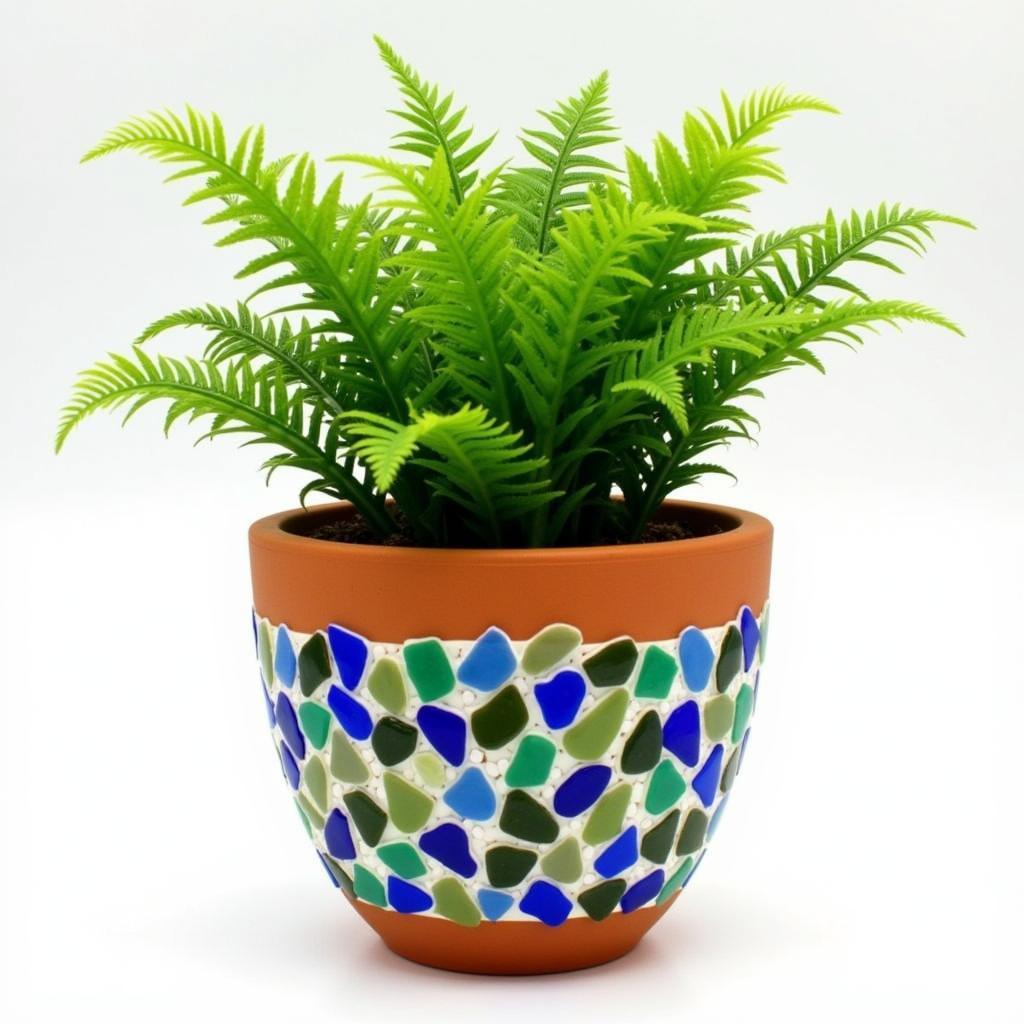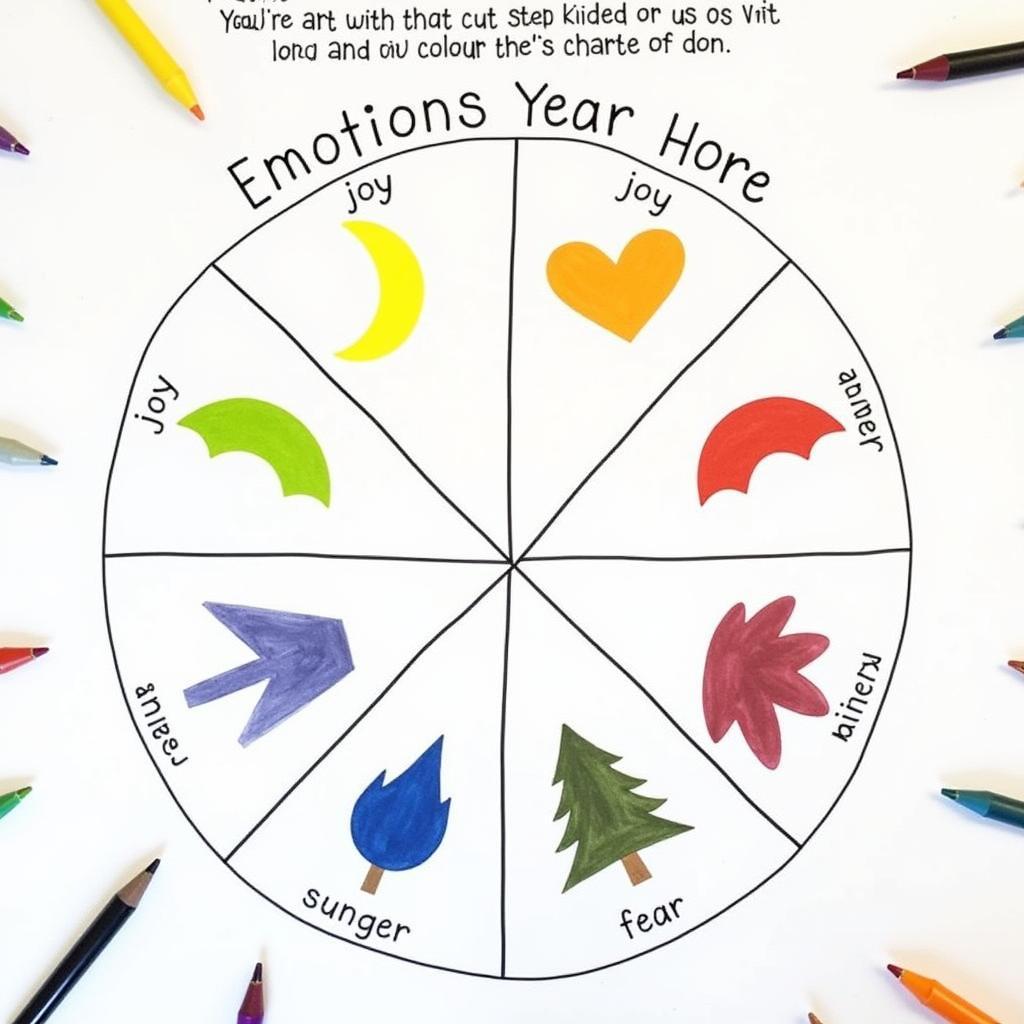Art for First Graders: Igniting a Lifelong Love for Creativity
Art is more than just a subject in school; it’s a fundamental form of human expression that helps children develop essential skills like creativity, problem-solving, and fine motor coordination. For first graders, art provides a unique avenue to explore their imagination, experiment with different materials, and express themselves freely.
Unlocking Creativity: The Benefits of Art for 1st Grade Students
Engaging in art activities offers numerous benefits for first graders. It helps them develop:
- Fine Motor Skills: Activities like holding a paintbrush, using scissors, or molding clay strengthen the small muscles in their hands and fingers, essential for writing and other intricate tasks.
- Creativity and Imagination: Art provides a safe space for children to express themselves freely, explore their creativity, and let their imaginations run wild.
- Problem-Solving Abilities: From deciding on colors and shapes to figuring out how to construct a three-dimensional sculpture, art presents opportunities for problem-solving and critical thinking.
- Observation Skills: Art encourages children to pay attention to details, notice patterns, and analyze their surroundings more closely.
- Confidence and Self-Esteem: Completing an art project, regardless of its perceived perfection, boosts a child’s confidence and sense of accomplishment.
Exploring Art Techniques: Ideas for 1st Grade Art
The world of art offers a vast playground for exploration. Here are some engaging art techniques to introduce to your first grader:
- Painting: From finger painting to using brushes, exploring different colors and textures allows children to express themselves freely on paper or canvas.
- Drawing: Whether using crayons, colored pencils, or markers, drawing helps children develop hand-eye coordination and express their observations of the world around them.
- Collage: This versatile medium allows children to experiment with textures, patterns, and composition by gluing various materials onto a surface.
- Sculpture: Molding clay, building with blocks, or using recycled materials helps children understand three-dimensional forms and develop spatial reasoning.
- Printmaking: Creating patterns and designs using simple printmaking techniques like potato printing or sponge stamping introduces children to the concept of repetition and pattern in art.
“Art provides children with a voice, a way to communicate their thoughts and emotions even before they have the words,” says renowned art educator, Dr. Emily Carter. “It allows them to make sense of the world around them and express their unique perspectives.”
Creating an Art-Friendly Environment at Home
You don’t need a fancy art studio to foster your first grader’s artistic talents. Here are some tips for creating an art-friendly environment at home:
- Designate a Creative Space: Dedicate a corner or a table where your child can freely engage in art activities without worrying about making a mess.
- Gather Basic Supplies: Keep a collection of age-appropriate art supplies like crayons, markers, paint, paper, scissors, and glue readily available.
- Encourage Exploration: Allow your child to experiment with different materials and techniques without the pressure of creating a “perfect” artwork.
- Display Their Masterpieces: Showcase your child’s artwork on the refrigerator, walls, or create a dedicated art display area to celebrate their creativity.
- Make it a Family Affair: Engage in art activities together as a family. Draw, paint, or create sculptures together and enjoy the creative process.
Choosing the Right Art for 1st Graders: Finding the Perfect Fit
Every child is unique, and so are their artistic interests. When selecting art activities for your first grader, consider their:
- Interests: Observe what captures their attention. Do they gravitate towards drawing animals, building structures, or creating colorful patterns?
- Skill Level: Start with simple activities that build confidence and gradually introduce more challenging projects as their skills develop.
- Attention Span: Opt for activities that align with their ability to focus. Short, engaging projects might be more suitable for younger first graders.
Sparking Inspiration: Art Prompts for First Graders
Sometimes, a little spark is all it takes to ignite a child’s imagination. Here are some art prompts to get your first grader started:
- Draw Your Favorite Animal: Encourage observation skills and creativity.
- Create a Colorful Landscape: Explore different painting techniques and color mixing.
- Build a Tower with Recycled Materials: Promote problem-solving and spatial reasoning.
- Design Your Dream Bedroom: Encourage imaginative thinking and design skills.
- Make a Thank You Card: Combine art with social-emotional learning.
Conclusion
Art plays a vital role in a first grader’s development, fostering creativity, problem-solving, fine motor skills, and self-expression. By providing opportunities for artistic exploration both at school and at home, we can nurture a lifelong love for art and creativity in young minds. Remember, the journey is just as important as the destination, so encourage experimentation, embrace imperfection, and celebrate the joy of creating art for 1st graders.





